Silos
In 2004, Boeing set out to build the most advanced commercial aircraft the world had ever seen. Sleek, efficient, and built primarily from lightweight composite materials, the 787 Dreamliner promised a 20% reduction in fuel consumption and a revolution in passenger experience. It was a bold vision—and a logistical gamble.
Rather than building most of the plane in-house as they had in the past, Boeing decided to outsource nearly 70% of the Dreamliner’s production to over 50 suppliers across the globe. Japanese firms would make the wings. Italians would build part of the fuselage. An American firm would design the nose section. In theory, this global assembly line would cut costs and speed up development.
In practice, it nearly broke the program.
The ambitious outsourcing strategy created silos of design and production, each operating with minimal coordination. Major sections arrived incomplete or incompatible. Workers on the final assembly line in Everett, Washington, often had to rework critical components, a process dubbed “traveled work,” which introduced delays and quality issues. Engineers raised red flags, but with so many independent teams working in isolation, no one had a full view of the risks.
Traveled work wasn’t just an inconvenience—it became a systemic issue. Fuselage sections would arrive missing fasteners or misaligned entirely. Wiring looms came improperly installed. Parts suppliers, given only high-level instructions, interpreted specifications differently. Boeing, once known for precise engineering and rigorous quality control, found itself relying on field improvisation.
As problems mounted, Boeing was forced to dispatch troubleshooters to partner facilities across the world. They established Production Integration Centers to monitor timelines and consistency, but it was often too little, too late. The delays piled up. Costs soared.
By the time the 787 finally entered service in 2011—three years late and tens of billions over budget—it had become a cautionary tale in project management. And even after launch, problems persisted: battery fires prompted fleet-wide groundings, and structural concerns led to ongoing FAA investigations. In 2020, Boeing temporarily halted deliveries again due to quality control issues, discovering gaps and shimming problems in fuselage sections.
Douglas Dorsey, a 30-year Boeing veteran, later reflected, “When suppliers were late in delivering their components or delivered them incomplete, this became ‘traveled work,’ … I wondered what was going on and why we were accepting substandard, incomplete work.”
Eventually, Boeing started bringing key operations back in-house. In 2024, they moved to re-acquire Spirit AeroSystems, the original fuselage manufacturer, to regain tighter control. Integration, once seen as a liability, was re-embraced as a necessity.
All because the left hand didn’t know what the right hand was doing.
If this sounds familiar, it should. The same thing happens in personal finance all the time.
Many people work with one advisor for investments, another for taxes, someone else for insurance, and maybe even a different planner for estate matters. Each professional may be excellent in their domain, but when they operate in silos—with no one overseeing the full picture—gaps emerge. Strategies conflict. Opportunities are missed. Crucial details fall through the cracks.
It’s not uncommon to see a beautifully optimized portfolio that creates a surprise tax bill. Or a tax strategy that undermines a long-term investment plan. Or insurance coverage that doesn’t align with actual financial goals. Like the Dreamliner, things look sleek on the surface, but hidden faults can quietly accumulate.
This is why having a single advisor who understands your entire financial picture—investments, taxes, planning, and beyond—can make all the difference. It’s not about doing everything yourself; it’s about having one person who can coordinate the moving parts, catch the traveled work before it derails you, and make sure your strategy is truly aligned.
Boeing’s Dreamliner project shows what can happen when each part of a system works independently, with no one seeing the full picture. It’s an expensive lesson in complexity management—and a reminder that integration isn’t just a buzzword. It’s how big dreams actually get off the ground.
In your financial life, it’s a lesson worth learning sooner.
Because when it comes to building something as complex and valuable as your financial future, silos won’t save you time—and they can cost you far more in the long run.
